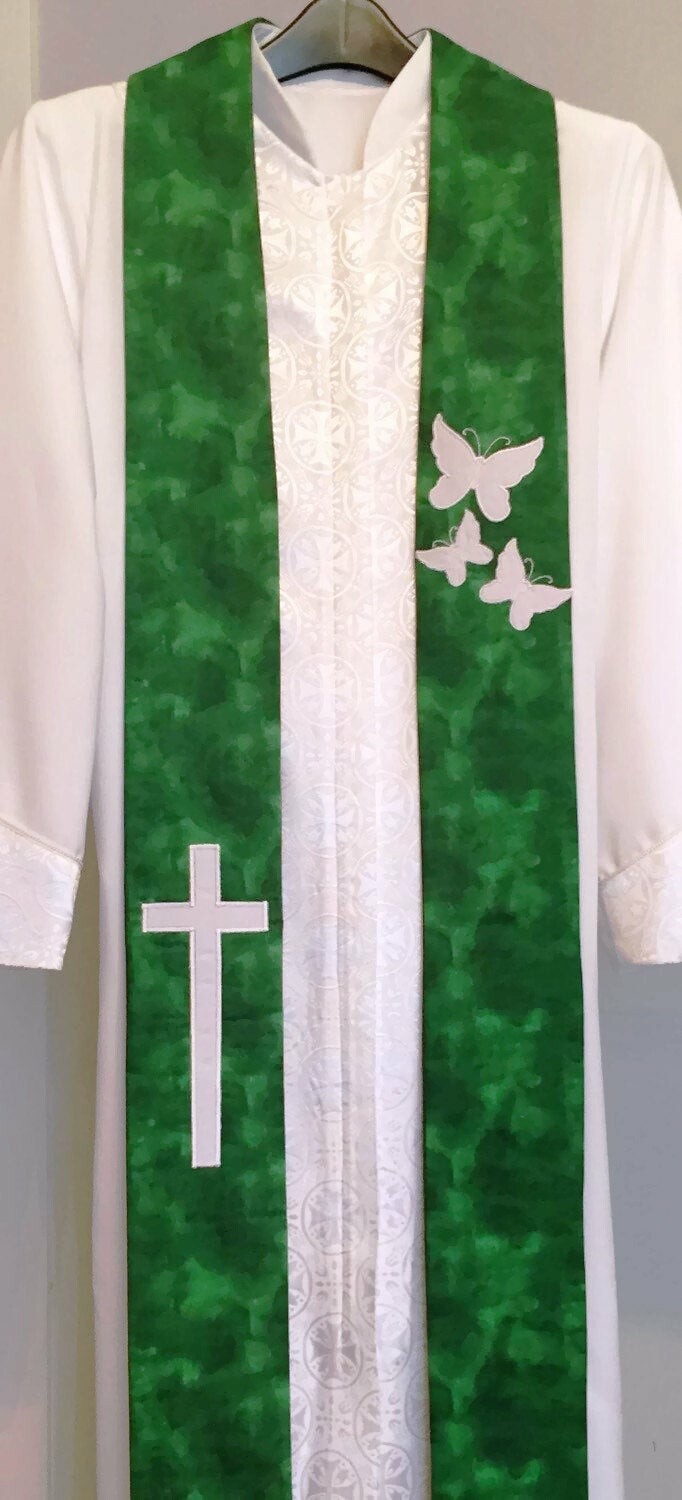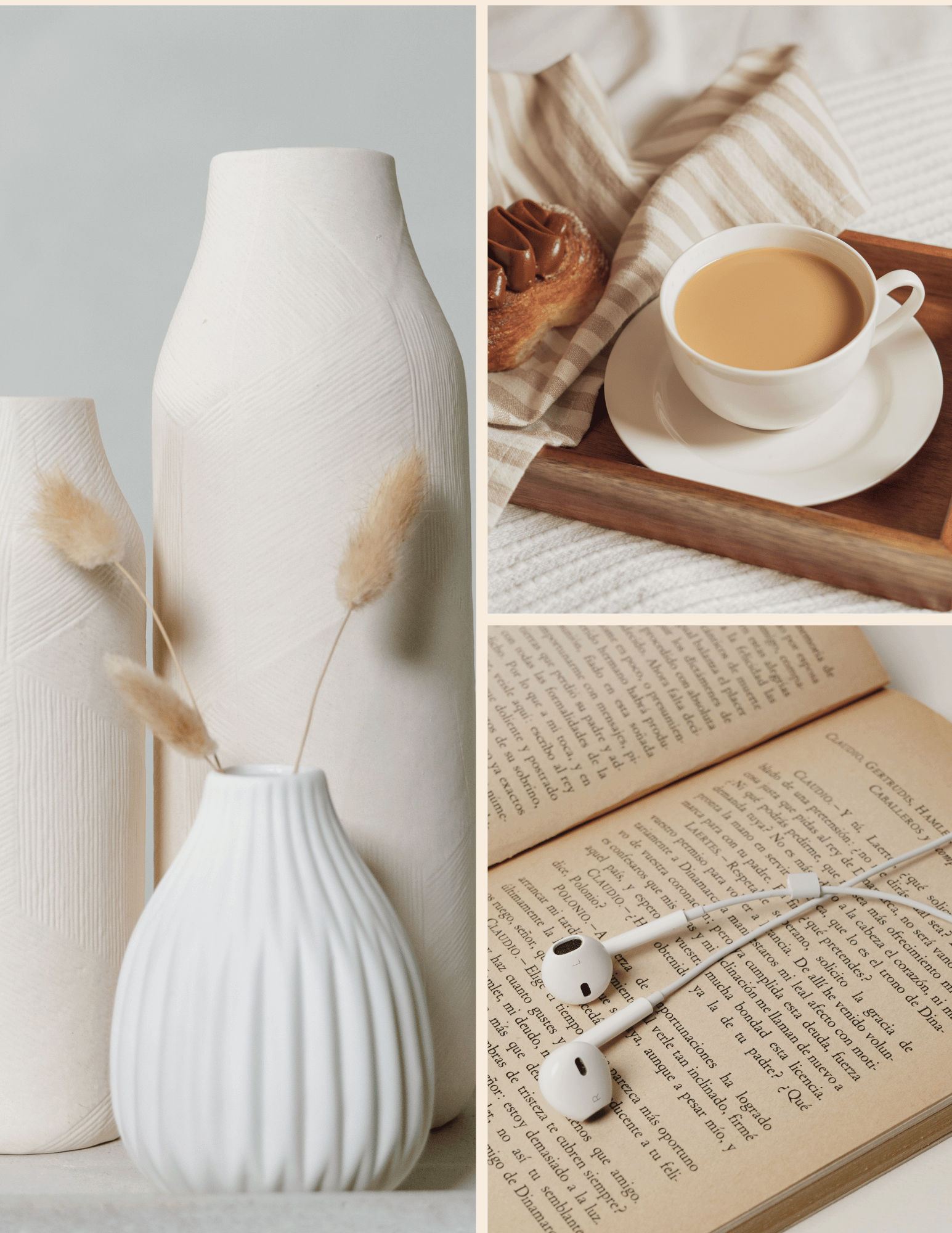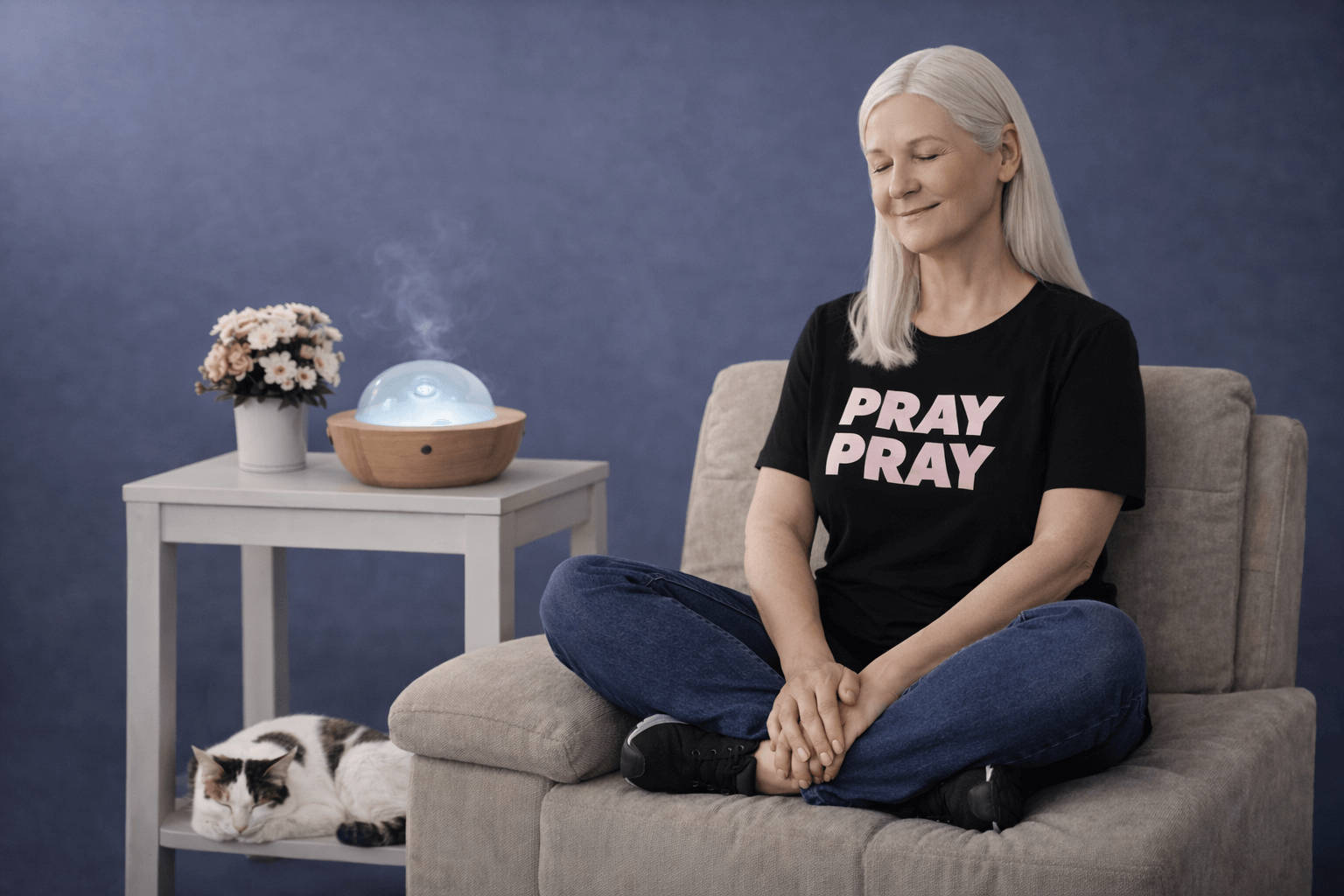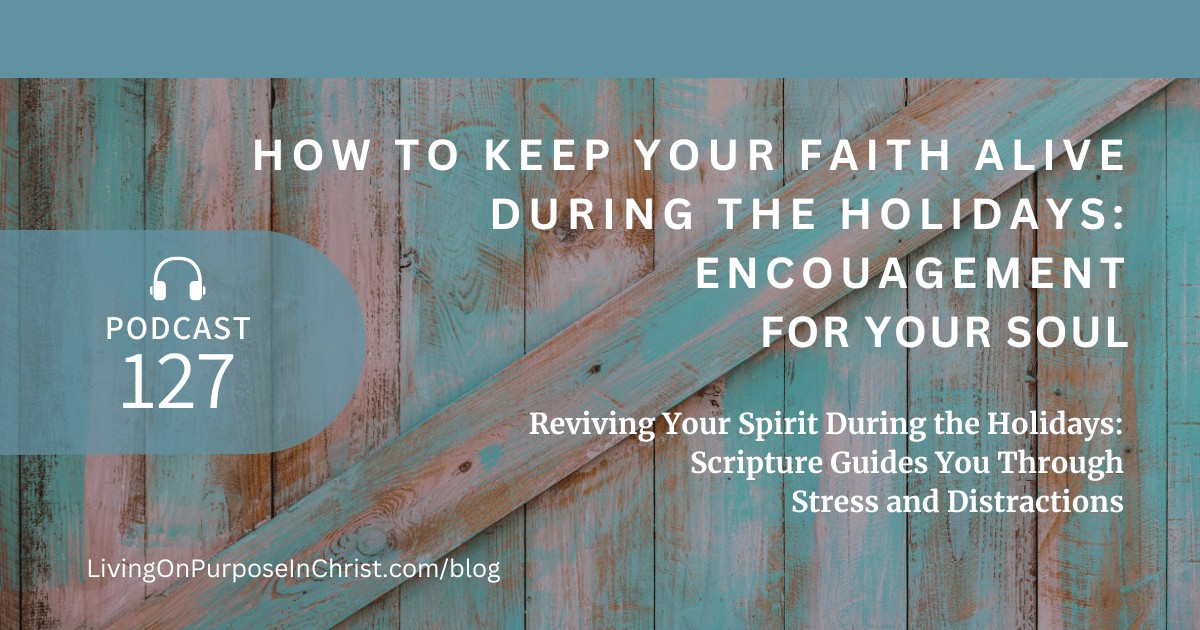So... you want to make a clergy stole. Hey, that is wonderful (read to the bottom to get my free pattern)! Whether you are making a stole for yourself or for someone else, it will be a fun project, indeed. But before you get started, let's talk a little about symbolism and colors. In the Christian church, the clergy stole is a symbol of ordination and the colors normally follow the Christian year. There are five colors that are traditionally used with a couple choices for the Advent Season (blue, purple, white, green, red & sometimes gold instead of or in combination with white). And of course, there are many designs to choose from. For example one white stole may have the symbols of Holy Communion, another the symbols or Baptism, and others may be designed for Trinity Sunday, Christ the King Sunday or Christmas, etc. But all will be worn in accordance with the Christian Year:
Advent (Blue or Purple)
Christmas thru Epiphany (White/Gold)
Sundays after Epiphany (Green)
Transfiguration (White/Gold)
Lent (Purple)
Easter (White/Gold)
Pentecost (Red)
Trinity (White/Gold)
Sundays after Pentecost (Green)
If you are creating a stole for a newly ordained clergy person, what a blessing your gift will be for them. When I first started out as an ordained elder I realized very quickly that five stoles (one for each season of the Christian year + a communion/baptismal stole) were going to be expensive. Considering that the average cost of most quality hand-made clergy stoles is around $300, that can prove to be a financial burden on most newly ordained ministers.
Let me suggest that you make a red stole for Pentecost (they may also wear it at their ordination service) or a white stole for communion and/or baptism. Or possibly a green stole would be a nice choice too, because green is the color that is worn most during the year.
 Once you decide what color your stole will be, then you will need to pick out the fabric. I like to choose a fabric that is not too busy, but also has a small design. The fabric in my Three Butterflies stole will give you a good example. I use a 100% cotton fabric for the front of the stole and a cotton/polyester blend (solid color) for the back. And my best choice for the applique fabric would be a thicker satin fabric. The three butterflies symbolize the Trinity and the Cross points to salvation. I think that this design is also very elegant in purple.
Once you decide what color your stole will be, then you will need to pick out the fabric. I like to choose a fabric that is not too busy, but also has a small design. The fabric in my Three Butterflies stole will give you a good example. I use a 100% cotton fabric for the front of the stole and a cotton/polyester blend (solid color) for the back. And my best choice for the applique fabric would be a thicker satin fabric. The three butterflies symbolize the Trinity and the Cross points to salvation. I think that this design is also very elegant in purple. You will also need a lining fabric to give your stole a nice drape. My favorite lining is a fusible fleece Pellon, which can be found online or in most fabric stores. It looks like a light quilting fabric, but is fusible on one side. In making this stole I used an embroidery machine, a sewing machine and a serger. Plus don't forget the thread. I used a polyester embroidery thread (white) for the designs and a coned serger thread (green) to sew the stole together. And after turning the stole right-side out, I hand stitched the bottoms of both sides with a green embroidery thread and steam pressed it to give it that final touch.
Okay, one thing we have not covered yet, is the pattern. Where do you find the pattern. Well, if you have another clergy stole that you like, you could simply sketch the pattern onto a pattern making fabric (and cut it out) or you could search online for a pattern that you may purchase. There are several different stole patterns to choose from, but my favorite, is the one that has a gentle curve at the top (the rounded pattern design). And, of course, you will also need a cutting board/table and a Rotary cutter (with a round razor sharp blade) or a nice pair of scissors, such as Gingers. Okay, are you ready to begin your stole?
Here's a video that you may find helpful:
Stole Construction
Step 1: If you are going to embroider or applique a design on your stole, do that first.
Step 2: Cut the stole front out using the paper pattern, centering your design properly
Step 3: Cut the lining & the stole back out using the same paper pattern
Step 4: Fuse the Pellon fabric to the back-side of the stole front
Step 5: With right sides facing, serge the center back of the stole front & the center back of the stole back (1/2" seam)
Step 6: Press the serged seams to one side with the iron
Step 7: Lay the stole front right-side-up on the cutting board & pin the stole back right-side-down on top of the front (the right sides of the front & back should be facing)
Step 8: Starting at the bottom, serge the outside edge all the way around & then serge the inside edge in the same manner (1/2" seam)
Step 9: Turn the sewn stole right-side-out and press with an iron
Step 10: Press a hem in both sides of the stole (measuring carefully to make the sides even)
Step 11: Hand stitch the hems closed and re-press the stole
Congratulations! You have completed your stole. I know that you will be blessed in the journey and, if it is a gift, that the recipient will be double blessed, as well.
To receive my free Rounded
Clergy Stole Pattern!
Clergy Stole Pattern!

Christian Women Empowerment





















How wonderful that you're creating a stole for your husband's ordination! Without a serger, you can still achieve a beautiful finish by making a simple adjustment to the seams. I recommend sewing the seams with a 1/2" allowance. This will give you enough room to secure the fabric edges and prevent fraying.
Additionally, to ensure a smooth finish around the curves, clip the curves in small increments after sewing. This will help the fabric lay flat and create a professional look.
I'm thrilled that you've found my site helpful, and I'm here to support you as you embark on this meaningful project. If you have any more questions along the way, feel free to reach out.
Blessings on your sewing journey!
Warm regards,
Paula
LaVerne
I am hoping this turns out well for my pastor who inspires me every Sunday with great messages that carry me through the week.
Thanks for all this helpful info and the pattern.
Great question! Some people prefer to trim the Pellon interfacing, but I personally let it cover the entire front of the stole. It depends on the weight of your fabric. I usually go for a lightweight polyester/cotton blend, but if your fabric is much thicker, trimming might be a better option for you. Hope this helps!
Best,
Paula
On January 9 I sent you two pictures of the stole I completed and have not heard from you. I hope I have not offended you.
Wishing you all the best
Selma
Can't thank you enough for all the info on making clergy stoles, as I'm about to attempt my first one for our son. My question today is about the lining - you suggest a poly-cotton blend. Are there online shops you'd recommend? I'm most familiar with 100% quilter's cotton, so would appreciate any suggestions.
Thank you!!
Debbie
Now for the first question. First of all, V-neck and Round-neck stoles can move around some. I always check my stoles in the mirror before the service or ask someone to help me get it straight. Because my stoles are heavier with the front lined with the iron-on quilting pellon, they stay in place better than lighter weight stoles. I'm thinking that a hook and eye (in the center back) may not work as well as planned, because it may be difficult getting it latched.
You could you could sew a small loop onto the back of your stole that can then be attached to a button at the center back of the clergy robe, keeping the stole securely in place. I haven't done this before, but I think it is the best option by far. Keep me updated on your choice and how it works. I look forward to seeing photos of your stole soon.
I hope this is helpful, Paula
And specifically, I'm thinking of using quilt-quality cotton and making any decorative enhancements by incorporating pieced design areas into the fabric before it's cut from your pattern. I wonder if cotton would require Pellon interfacing.
Now the problem is that the stole rides up around his neckline. Darn. Where did it go wrong and how to fix it?
also I tried adding a chain and put it on the front. Should I have put the chain on the back of the stole? I read somewhere about chains but did not say back side of stole (so it would lie against the wearers back or front of stole?
thanks
I sure am learning a lot.
terri
The pattern I use now (and offer free) is one I developed over my 21 years as a pastor. I use it to make all my stoles. And yes, it was a process in getting the neckline just right. I learned the hard way that once a stole is created, you are pretty much stuck with the way it drapes and fits around the neckline. I tried to reshape the neckline, added chains, etc. without a lot of success (on my first stole projects). I would suggest that you start over from scratch with a "tried and true" pattern.
If you know how to sew, then you can make a stole. I have faith in you :) Were you able to find my stole pattern? Have you watched the videos in the "Sewing & Knitting Hub"? You may find them helpful in getting past those sewing jitters. We can also get on a zoom call if you would like a little 1:1 coaching. Let me know how I can help out. ~ Paula
I knitted a cream lace stole with a rounded neck to perform weddings. What type of fabric do you recommend for backing it? I'd like to do it in black so it will allow the lacework to show (three cables representing the Father, Son and Holy Spirit). I know I need to hand sew the knitted piece to the woven piece.
Thanks so much for making this pattern available!
Wendy Gosnell
CARE INSTRUCTIONS: Spot clean with a no-wash household cleaner (the one I use on my own clergy stoles is an all natural cleaner without harmful chemicals - https://www.myyl.com/paulabehrens#bwm/clean-home-safe-home). Gently hand-wash, cold water only, when absolutely necessary. Line dry. Reshape with steam iron on a cool/silk setting.
What is your preference? To wash or not to wash?
So I need help with lining.
I picked up some Pellon double sided fusible fleece. After I got it all together and ironed it the weight was right but it wrinkled up on me. I used 100% cotton fabric. I was trying to make a white stole for a wedding.
I then used a stiff craft fusible lining (single sided) with the same fabric. That one came out a bit too stiff and doesn't really lay right.
Do you have tips for other lining, fabric, or method of putting it together? Or is it really just trial and error?
Thanks so much. I really like the pattern. :-)
Margie
How much fabric... that's a good question. I normally buy 60" or 1 2/3 yds. of fabric at a time. That way I can make my stoles up to 54" in length with a little wiggle room :) Depending on the width of the fabric 60" will make 3-4 stole fronts. For the lining I buy the same amount of fabric in a lighter weight solid color.
If I am using my new In-the-hoop pattern (Yay... it's up on Etsy now - https://www.etsy.com/shop/JoyBalancePeace) it actually takes a little more fabric for the stole front (around 2 yards), but my pattern is built into the pattern & is so much easier to cut out. I hope this helps. Have blessed day!!
Thanks... I do have fun with my little web-site !!
Thanks so much for making this pattern available! I really appreciate it! I was asked to make a stole for a friend's pastor, and she would like the back part to come down to a point - so more of a "V" shape on the back rather than rounded over the shoulders. (So the inside seam curved around the neck and the outside seam coming down to a V.) How would you suggest I alter the neck pattern?
Okay, in answer to your questions. I use a serger to construct my stoles & the seam is built into the pattern. So it’s about 1/2 inch including the fabric that is cut away. The straight edge will run parallel to the outside edge on the bottom portion on the stole, but of course not so much on the curved neck area.
Does that answer your questions?